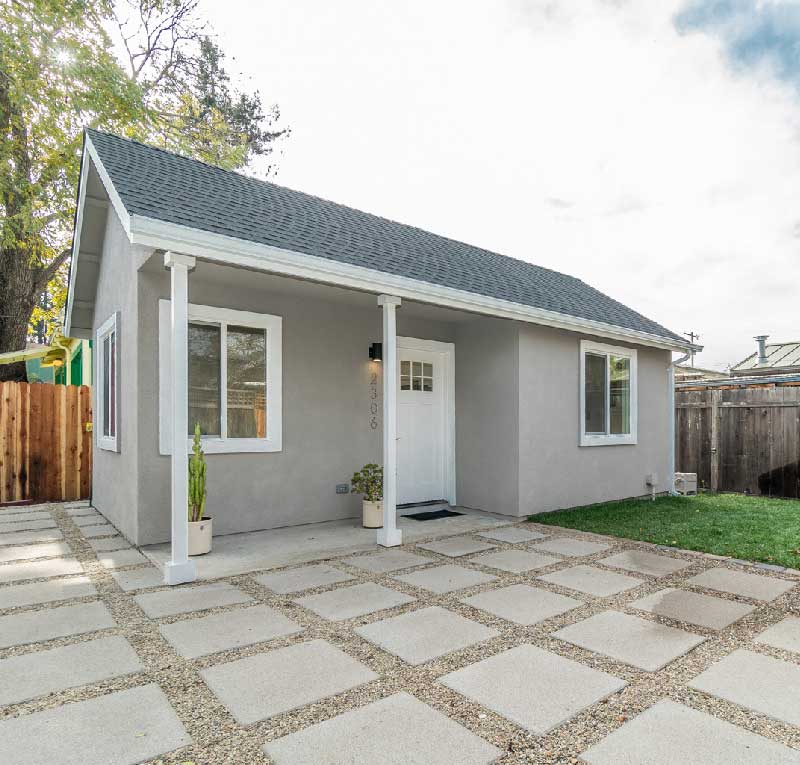Unlocking the Potential: The Rise of Accessory Dwelling Units (ADUs)
As housing needs evolve and urban areas become more densely populated, the concept of Accessory Dwelling Units (ADUs) has gained significant attention. ADUs, also known as granny flats, in-law suites, or backyard cottages, are secondary housing units that can be added to existing residential properties. They offer a flexible and efficient solution to address a variety of housing challenges, including the need for additional living space, multigenerational living, and affordable housing options.
One of the key advantages of ADUs is their versatility. These self-contained units can be designed to suit a range of purposes, such as accommodating aging parents, providing space for adult children, or generating rental income. ADUs can be attached to the main house, converted from existing structures like garages or basements, or built as separate structures in the backyard. This flexibility allows homeowners to maximize the potential of their property and adapt it to their changing needs.
ADUs also play a significant role in increasing housing density in established neighborhoods without the need for major infrastructure investments or altering the existing character of the community. They provide a sustainable and cost-effective way to utilize underutilized space, effectively increasing the housing supply without contributing to urban sprawl. This is particularly important in areas where land is limited or where there is a high demand for housing.
Moreover, ADUs have the potential to address affordability issues in housing markets. They offer an opportunity for homeowners to create additional rental income, which can help offset mortgage payments or provide a source of income in retirement. Additionally, ADUs can provide more affordable housing options for individuals or small families looking for a place to live in desirable neighborhoods where housing prices may otherwise be prohibitive.
When considering an ADU, it’s important to understand local regulations and zoning requirements. Many municipalities have specific guidelines regarding the size, design, and usage of ADUs. It’s crucial to consult with local authorities or professionals experienced in ADU development to ensure compliance and a smooth approval process.
Building an ADU often requires the expertise of architects, contractors, and designers who specialize in these types of projects. They can help with the design, permitting, and construction phases, ensuring that the ADU meets building codes and regulations while maximizing its functionality and aesthetic appeal.
In conclusion, ADUs present a valuable solution to address a variety of housing needs in a sustainable and efficient manner. They offer flexibility, affordability, and the potential to increase housing density without compromising the integrity of existing neighborhoods. Whether for multigenerational living, additional rental income, or affordable housing options, ADUs provide homeowners with the opportunity to unlock the full potential of their properties. By embracing ADUs, we can create more inclusive and adaptable communities that meet the evolving housing needs of our society.

Ask Us
Quick contact form



